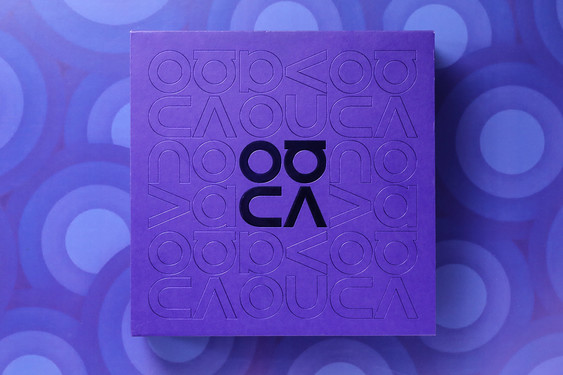I still remember that on April 29th last year, I wrote “the Best present for the Seventh Anniversary of the Xiaomi 6 Precious Edition of review:”. At that time, I could not have imagined that the mobile phone industry had changed so much and so fast this year.
From the beginning of a single comprehensive screen, to a hundred flowers blooming on a 18:9 scale screen, to the now popular “bangs”, the war around the screen has finally come to an end. In the final analysis, the long-term accumulation of technology can bring about qualitative change, and the release of this period of time is the answer that hardware manufacturers and R & D teams have handed over for the painstaking investment of the past two years.
What about Xiaomi?
Among several “comprehensive screen” schemes, Xiaomi has occupied two, but “bangs” does not have a corresponding product. I have thought more than once, is it true that Xiaomi has not considered such a plan?
Finally, the answer was revealed, and at the annual flagship launch, Xiaomi Mi 8 arrived with MIUI10 and other new products as expected.
Here is its debut.
Combine the great achievements of Xiaomi
I still remember when Xiaomi was first released, Lei Jun said that “no design is the best design.” This phrase has been widely circulated and has even been used by many people to criticize other follow-up products of Xiaomi.
But who else remembers the second half of Lei Jun”s words?
“We don’t require all users to like Xiaomi phones, because consumers have different aesthetic values, but we can make sure that all consumers don’t hate the appearance of Xiaomi phones, then the simplest design is the best.”
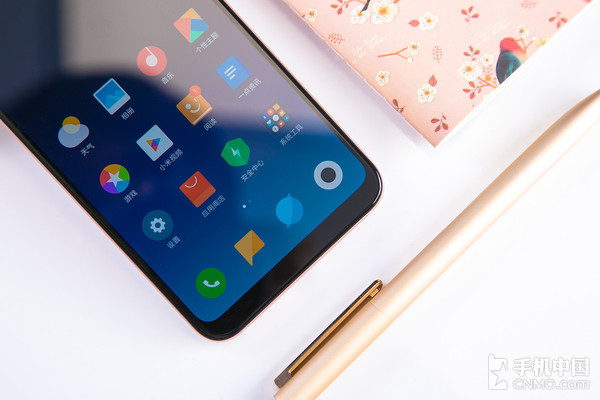
The Xiaomi Mi 8 is such a phone. It may not be full of praise at first glance, but when you hold it in your hand, you can feel the delicacy of the product that is different from that of the past, which may be the accumulation of Xiaomi’s technology in appearance and craftsmanship.
The translucent glass fuselage is blended with a touch of gold, which is mixed with a little light powder to make the overall look less dull, and the 18K gold plating on the central fingerprint ring on the back is also refreshing.

The design of the four-curved 3D glass makes the back of the Xiaomi Mi 8 look like a round drop of water, and the tone is very harmonious with the 7-series aluminum frame of the same color system. The transition between glass and metal outlines a curve, regardless of the look and feel, at least the sense of grip is a OnePlus item.
Having said so much, do you feel that many of these nouns are familiar? Such as 7 series aluminum, tetrahedral glass, 18K gold plating and so on.
In fact, these are all elements that have appeared on Xiaomi phones in the past, which shows that Xiaomi Mi 8 is a masterpiece. In it, you can see the figure of XiaomiNote 2, and you can also see what Xiaomi6 looks like. Any old rice noodle can be said in more detail than me. Maybe this is what Xiaomi dedicated to all his fans.
Different notch
Why didn’t Xiaomi Mi 8 adopt the three-sided and boundless comprehensive screen design like XiaomiMIX 2S?
The reason lies in the seemingly long notch.

Hidden under the dark glass panel are front cameras, distance sensors, handsets, infrared lighting elements and infrared cameras. Thanks to these sensors, Xiaomi Mi 8 enables infrared face unlocking, which is safer and faster than fingerprint recognition on the back.
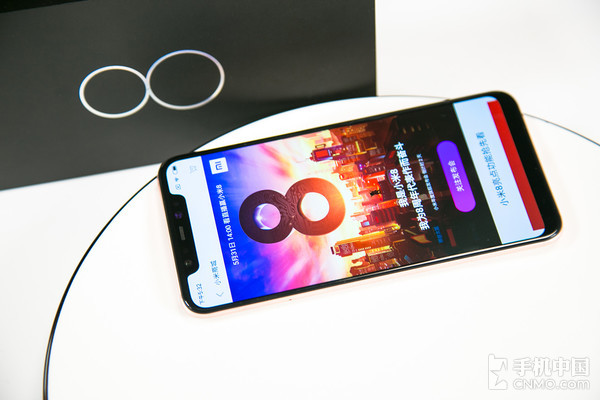
Generally speaking, most of the common face unlocking schemes in the industry are captured by visible light reflected by the front camera, which ensures speed and accuracy under normal conditions, but it is not ideal at night. In addition, it is difficult to distinguish the difference between real faces and photos and videos, and there is a probability of false recognition of the prosthesis. On the other hand, Xiaomi Mi 8 is the near-infrared light emitted by the infrared lighting element with a wavelength of about 940nm shining on the human face, and then the infrared image is received by the infrared camera.

The reflection characteristics of real faces and photos, screens, stereo masks and so on are different, so the images obtained are also different. On the other hand, the infrared face unlocking scheme used by Xiaomi Mi 8 can be used for in vivo detection, which has a higher safety factor and faster recognition speed. At the same time, because the scheme is filled with light by infrared lighting elements, the face can still be unlocked even in a dark place. With this effect, it’s no wonder that Xiaomi Mi 8’s bangs last longer than our common market products.

Longer black areas are bound to encroach on the screen itself. Xiaomi Mi 8 is equipped with a 6.21-inch 18.7 Xiaomi Mi 8 9 screen with a resolution of 2248×1080. the two data seem ordinary, but this Samsung AMOLED screen gives Xiaomi Mi 8 a good look and feel in every environment. It supports a wide color range of DCI-P3, and the highest brightness can reach 600nit. it will not be invisible in the scene with strong light.
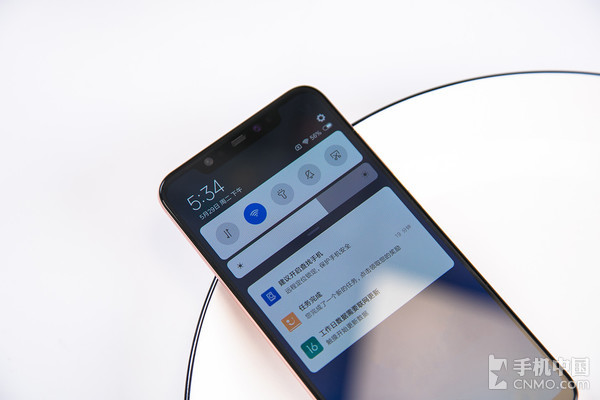
The display area on both sides of the bangs is not large, which is basically the same as the iPhone X, which gives Xiaomi Mi 8 an extra point to complain about. Under normal conditions, the upper right corner only shows signal, 4G and power, and the percentage of power you want to see can only be achieved through the drop-down notification bar, which is exactly the same as the iPhone X solution, which is a terrible experience for obsessive-compulsive users like me.
MIUI 10 operating system
MIUI10, which is made for full screen, naturally has a different experience. But the first thing to bear the brunt is not the gesture function, the UI, which can give full play to the visual advantages of the screen, is the most eye-catching selling point.
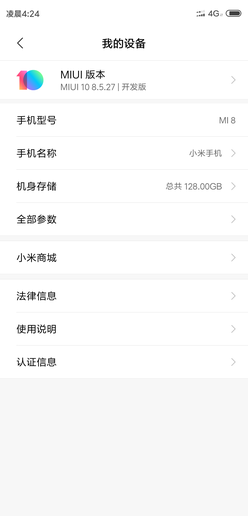
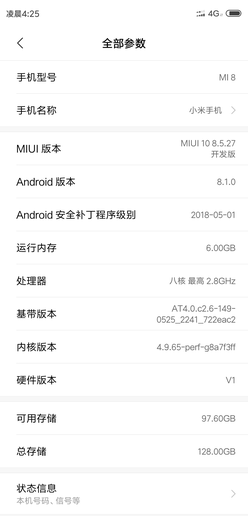
In the notification bar, you can see that the brightness adjustment panel has been redesigned. After abandoning the previous practice of dragging dots, the touch area has been enlarged, which not only facilitates the control, but also fits with the redesigned shortcut panel. The four sides of the card echo the arc of the fillet of the screen, and the overall look and feel is very harmonious.

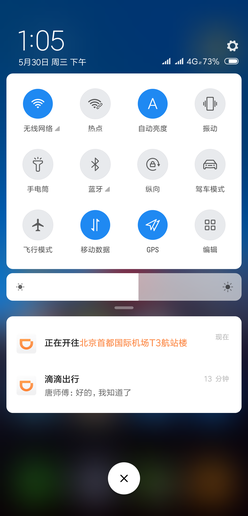
The same big change is the volume adjustment panel, when the volume key is pressed, the whole panel will appear next to the button, which feels very similar to Android P. The button level of quick toggle vibration is very high, while functions such as mute, do not disturb and timing mute are hidden in similar secondary menus, which also enhances the user experience in disguise.

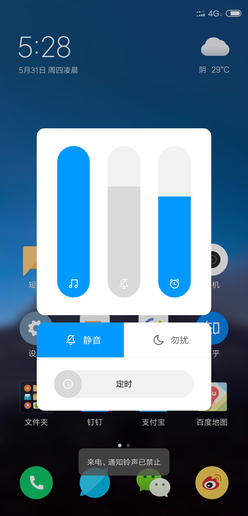
The interface corresponding to the notification bar is naturally multitasking. After activating this interface, you will find that MIUI10 has changed it into a longitudinal waterfall flow. After entering through a full screen gesture, you can quickly browse the most recent tasks without changing the direction of the gesture. At least four card pages on the same screen can also help users switch or clear quickly to a certain extent.

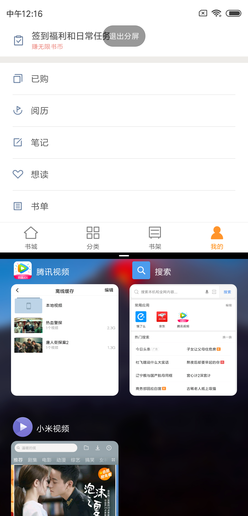
When it comes to gestures, MIUI10 adds fast switching app gestures to several full screen gestures. Users can quickly switch between applications by sliding and hovering horizontally over a long distance from the edge of the screen. In the actual measurement, the success rate of activation is very high, but because the hovering time is too short, there have been errors in the return gesture.
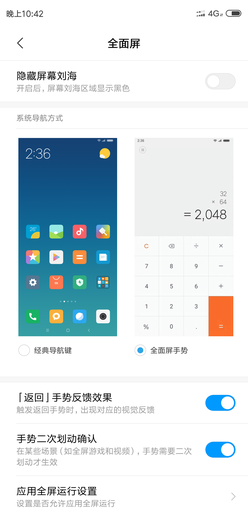

In other ways, many of the small details of MIUI10 are quite ingenious. For example, the timer can turn on the white noise while timing, which is more helpful to concentrate or sleep like me. I have to say, the sound of summer rain is definitely the king of hypnosis.
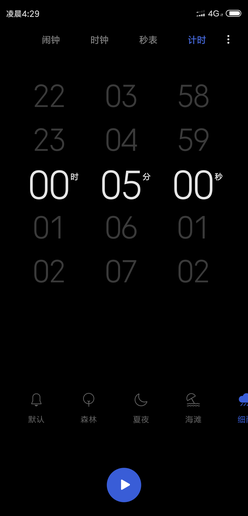

The last thing that moved me was actually a small detail. MIUI10 can filter through intelligent notifications to present only really useful notifications to users, while the tone is replaced by Xiaomi with natural sounds. This practice has achieved almost a different tone of notice, including Wechat to notify, etc., which is very ingenious and effective.
Continue to be “feverish”
As a regular option for enthusiasts, Xiaomi phones have always been very strong in terms of performance, and this time Xiaomi Mi 8 obviously did not disappoint enthusiasts.
Qualcomm Snapdragon 845 mobile platform couldn’t be better as a processor for Xiaomi Mi 8. After all, Xiaomi has done enough research on it, and its performance should be thoroughly understood. Snapdragon 845 adopts Samsung second-generation 10nm LPP advanced process, the new Kryo 385 architecture CPU has a maximum frequency of 2.8GHz, and the performance has been improved by 30%.
On the other hand, in terms of graphics performance, the Snapdragon 845 mobile platform is equipped with Adreno 630, which not only enhances performance but also reduces power consumption by about 30%. Playing games for a long time is definitely more than just talk.
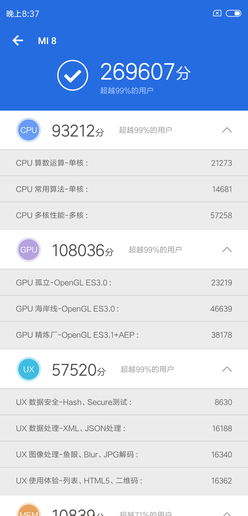
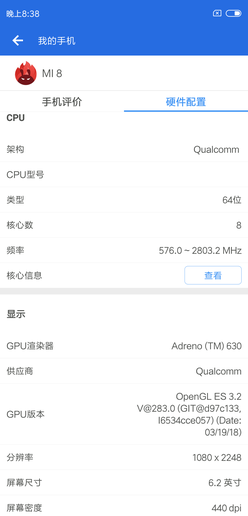
The running score of AnTuTu may prove that the performance of Xiaomi Mi 8 is strong.
It is also worth mentioning that Xiaomi Mi 8 supports QC 4 + fast charging technology. Compared to QC 3.0, QC 4 + can distribute different currents to parallel charging according to hot spots through thermal balance, thus reducing the temperature rise.
Scoring 105 points in DXOMARK camera test
The score of 105 is the score of Xiaomi Mi 8 in the DxOMark list of the world’s well-known camera review institutions.
Once upon a time, the list was firmly occupied by foreign manufacturers, but tonight is different, and a group of domestic flagships led by HUAWEI P20 Pro are now among them. As a new product, Xiaomi Mi 8 drew with Samsung S9 + with a total score of 99 points. After all, its dual lens is exactly the same as the XiaomiMIX 2S, but its score is higher than that of the XiaomiMIX 2S, which is enough to prove that the Xiaomi professional camera test laboratory has been constantly adjusting it in the past two months.

Let’s start with the changes in camera applications. Studio lighting is a new feature based on the AI portrait model. According to officials, five professional studio-level lighting effects are like equipping users with a personal dimmer.
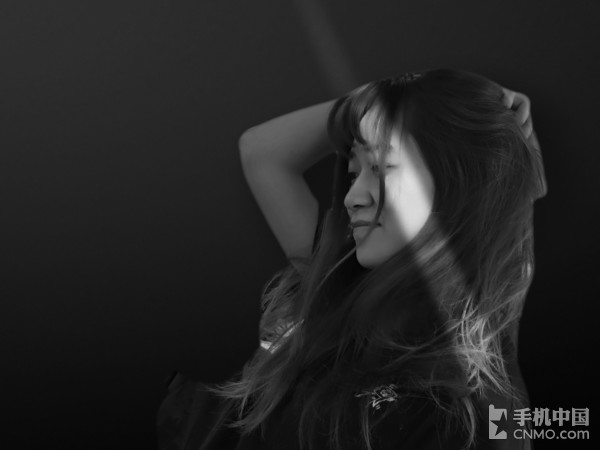
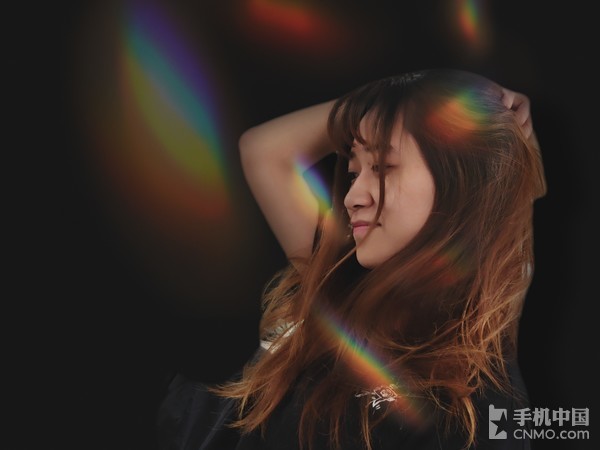
From the actual measurement, the studio light effect can indeed automatically adjust the direction of lighting according to the face direction, size and eye position, but the final effect can only be said to be improved, such as the little sister in the sample film. there has been a matting error on the arm, and it looks a little awkward. However, according to the younger sister herself, this feature is quite interesting, at least when it comes to social media.
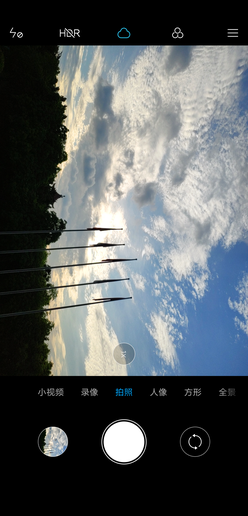
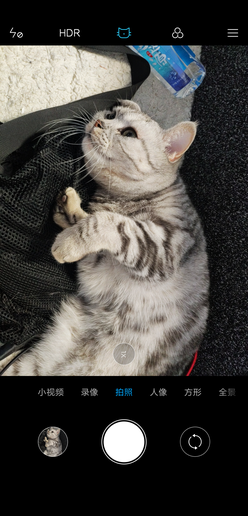
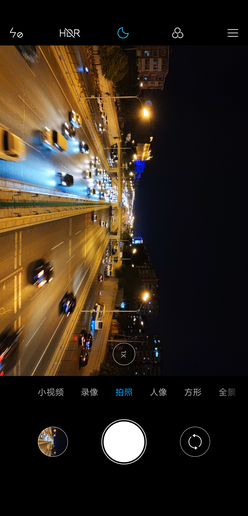

In addition to portraits, Xiaomi Mi 8’s AI double photography can intelligently identify up to 206scenes, thus achieving real-time optimization adjustment without the need for post-revision. In the process of my experience, the recognition speed of situations such as cats, dogs and blue sky is very fast, and it is indeed helpful for the look and feel of the film, but friends who pay attention to the later stage suggest that they should go straight to the original film, which will leave you more room to play.
Having said such a functional thing, let’s take a look at the sample sheet to wash your eyes. Maybe you can have a more intuitive understanding of Xiaomi Mi 8 photos.

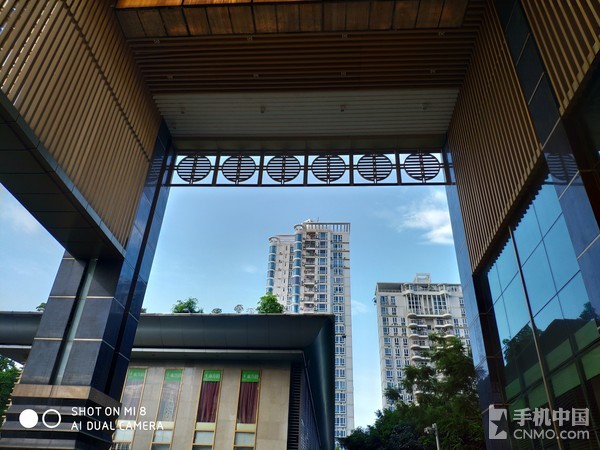
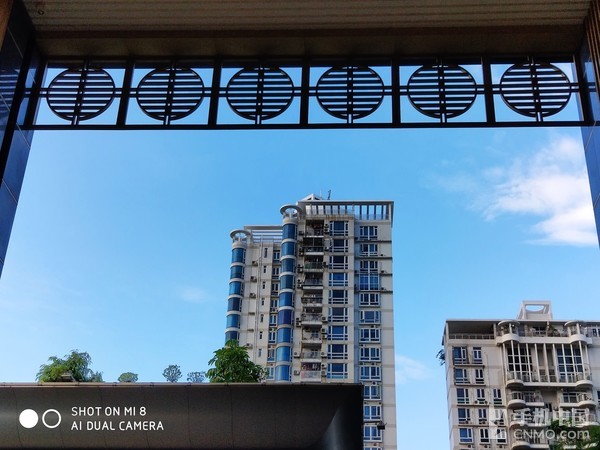
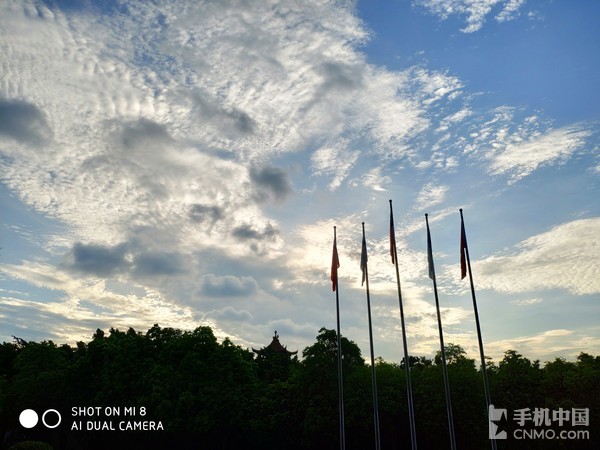




In fact, generally speaking, Xiaomi Mi 8 is undoubtedly the flagship standard in photography, the white balance is accurate enough, the color restoration is close to the naked eye, even if it is a complex light source, it still performs well, and there is nothing wrong with being in the first line. Of course, for ordinary users, it doesn’t make much sense to pay attention to too many details, and it’s really good to take a good shot. If AI scene recognition is turned on by default as I do, the sample film taken by Xiaomi 8 has the strength to share directly to the moments.
Never forget why you started
As a mobile editor, I have seen too many flagship products. There are many excellent ones among them, but more often they are relatively mediocre.
Is Xiaomi Mi 8 enough to surprise me?
After reading the transparent exploration edition of Xiaomi Mi 8, I think your mentality should be the same as mine. Absolutely, that should be the product that bears the name of the flagship.
But have you ever thought that Xiaomi Mi 8 sells for such a price with almost the same hardware configuration? isn’t that sincere?
On the occasion of its eighth anniversary, Xiaomi still managed to put the ratio of performance to price in the first place.
Only this point, it is doomed that it is not mediocre.
 |
Extensive Product Selection● Over 300,000 products ● 20 different categories ● 15 local warehosues ● Multiple top brands |
 |
Convenient Payment● Global payment options: Visa, MasterCard, American Express ● PayPal, Western Union and bank transfer are accepted ● Boleto Bancario via Ebanx (for Brazil) |
 |
Prompt Shipping● Unregistered air mail ● Registered air mail ● Priority line ● Expedited shipping |
 |
Dedicated After-sales Service● 45 day money back guarantee ● 365 day free repair warranty ● 7 day Dead on Arrival guarantee (DOA) |








